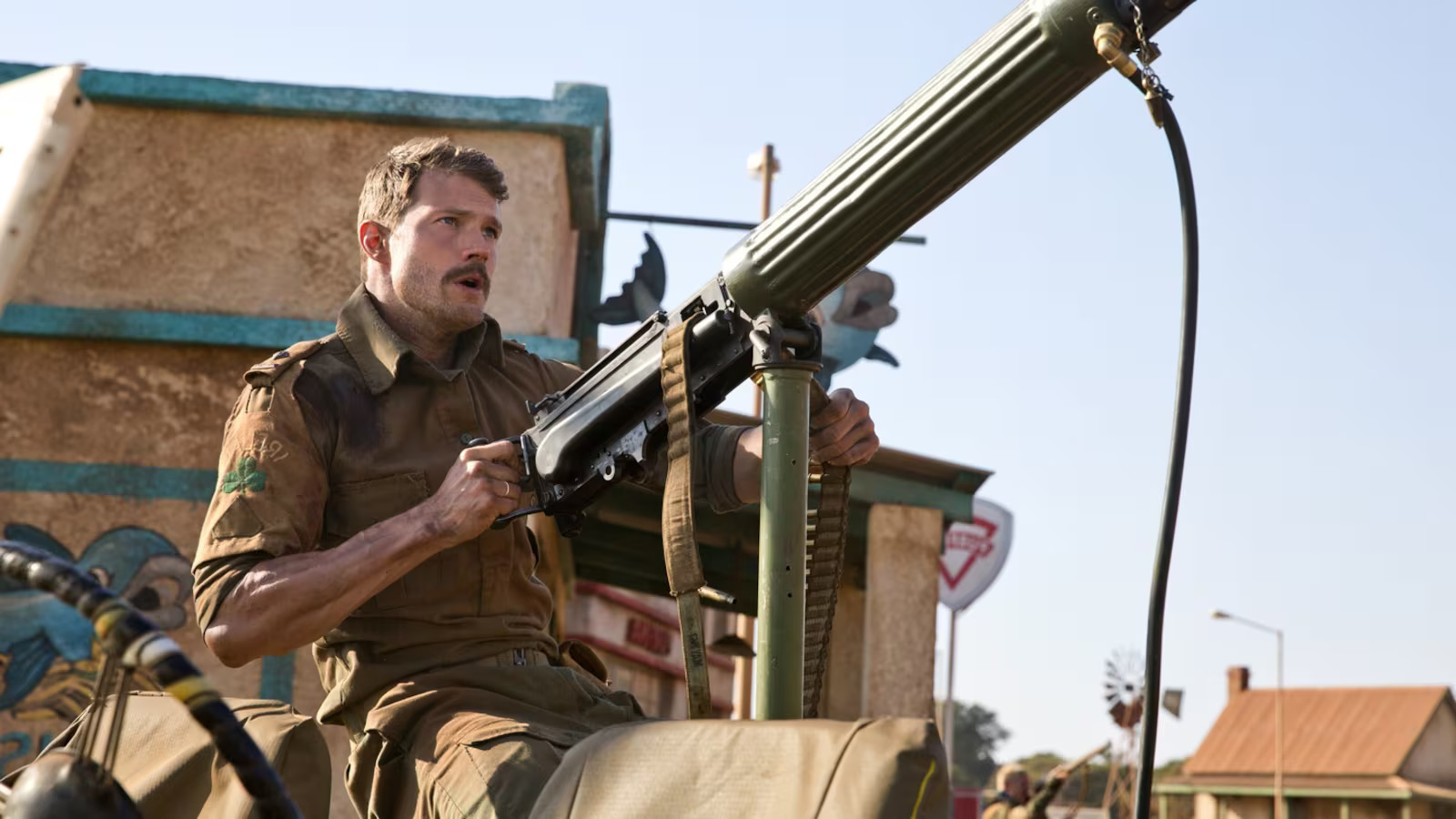
What happened during the Luluabourg and Jadotville Mutiny? These events, rooted in the Congo Crisis of the 1960s, reveal a turbulent chapter in African history. The Luluabourg Mutiny occurred in 1960 when Congolese soldiers, frustrated by poor conditions and Belgian control, revolted. This uprising led to widespread chaos and violence, significantly impacting the newly independent Congo. The Jadotville Mutiny in 1961 saw Irish UN peacekeepers besieged by Katangese forces. Despite being outnumbered and outgunned, the Irish soldiers held their ground for days before surrendering. Both mutinies highlight the intense struggles and geopolitical complexities of post-colonial Africa. Understanding these events offers a glimpse into the challenges faced by nations emerging from colonial rule.
Key Takeaways:
- The Luluabourg and Jadotville mutinies in the Congo in the 1960s showed the challenges of a newly independent nation and the need for strong governance and institutions for peace and stability.
- These mutinies continue to impact the Congo today, serving as reminders of the difficulties faced by newly independent nations and sparking discussions among historians and scholars.
The Luluabourg Mutiny
The Luluabourg Mutiny was a significant event in the history of the Congo. It took place in the early 1960s, during a period of political upheaval and decolonization. Here are some key facts about this mutiny:
- The mutiny occurred in Luluabourg, now known as Kananga, in the Democratic Republic of the Congo.
- It happened in 1961, shortly after the Congo gained independence from Belgium.
- The mutiny was led by soldiers of the Force Publique, the national army of the Congo.
- Soldiers were dissatisfied with their pay and working conditions, leading to the uprising.
- The mutiny was part of a larger wave of unrest that swept through the Congo during this period.
- It highlighted the challenges faced by the newly independent Congo in establishing a stable government.
- The mutiny was eventually suppressed by government forces, but it left a lasting impact on the country's military and political landscape.
The Jadotville Mutiny
The Jadotville Mutiny is another notable event in Congolese history. It took place in the same era as the Luluabourg Mutiny and had significant implications for the Congo and its people. Here are some important facts about the Jadotville Mutiny:
- The mutiny occurred in Jadotville, now known as Likasi, in the Democratic Republic of the Congo.
- It took place in 1961, the same year as the Luluabourg Mutiny.
- The mutiny was led by soldiers of the Katangese Gendarmerie, a regional military force.
- Soldiers were protesting against the central government's control over the Katanga region.
- The mutiny was part of the broader Katanga secession crisis, where the region sought independence from the Congo.
- The mutiny was marked by intense fighting between the Katangese Gendarmerie and United Nations peacekeeping forces.
- The mutiny ended with the surrender of the Katangese forces, but tensions between Katanga and the central government persisted.
Impact on the Congo
Both the Luluabourg and Jadotville mutinies had significant impacts on the Congo. They highlighted the challenges faced by the newly independent nation and had lasting effects on its political and military landscape. Here are some key impacts:
- The mutinies exposed the weaknesses of the Congolese military and the difficulties in maintaining order.
- They underscored the deep divisions within the country, particularly between different regions and ethnic groups.
- The mutinies contributed to the instability and violence that plagued the Congo during its early years of independence.
- They highlighted the need for effective governance and strong institutions to maintain peace and stability.
- The mutinies also drew international attention to the Congo, leading to increased involvement by the United Nations and other foreign powers.
- The events of the mutinies were a catalyst for further military reforms in the Congo.
- They served as a reminder of the challenges faced by newly independent nations in establishing stable and effective governments.
Legacy of the Mutinies
The legacy of the Luluabourg and Jadotville mutinies continues to be felt in the Congo today. They are remembered as significant events in the country's history and have shaped its development in various ways. Here are some aspects of their legacy:
- The mutinies are often cited as examples of the challenges faced by post-colonial African nations.
- They have been the subject of numerous historical studies and analyses.
- The mutinies have been depicted in various forms of media, including books and documentaries.
- They continue to be a topic of discussion and debate among historians and scholars.
Final Thoughts on Luluabourg and Jadotville Mutiny
Luluabourg and Jadotville Mutiny events highlight significant moments in history. The Luluabourg Mutiny in 1960 showcased the struggle for independence in the Congo, with soldiers demanding better conditions and pay. This mutiny was a pivotal point in Congo's fight for sovereignty. On the other hand, the Jadotville Siege in 1961 involved Irish UN peacekeepers bravely defending against overwhelming odds in Katanga. Their courage under fire has become legendary, emphasizing the importance of peacekeeping missions and international cooperation. Both events remind us of the complexities of post-colonial Africa and the bravery of those involved. Understanding these historical moments helps us appreciate the sacrifices made and the ongoing quest for justice and peace. History isn't just about dates and places; it's about people and their stories. These stories from Luluabourg and Jadotville continue to inspire and teach valuable lessons.
Frequently Asked Questions
Was this page helpful?
Our commitment to delivering trustworthy and engaging content is at the heart of what we do. Each fact on our site is contributed by real users like you, bringing a wealth of diverse insights and information. To ensure the highest standards of accuracy and reliability, our dedicated editors meticulously review each submission. This process guarantees that the facts we share are not only fascinating but also credible. Trust in our commitment to quality and authenticity as you explore and learn with us.
